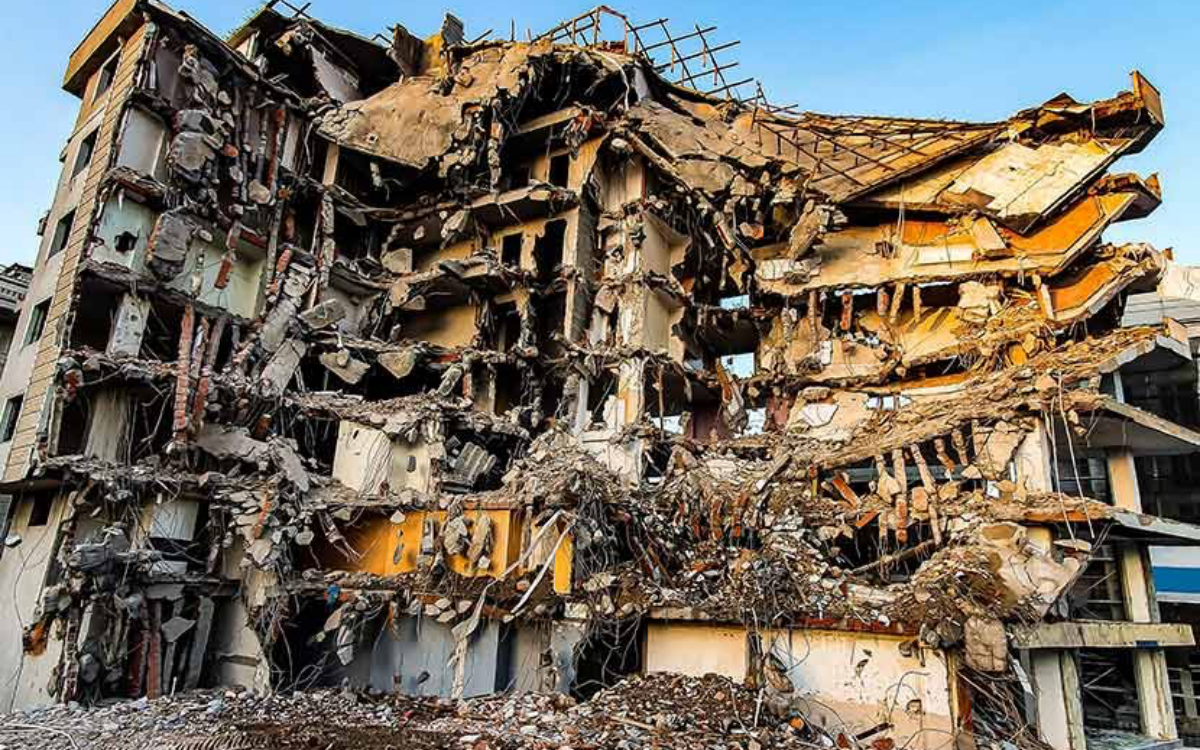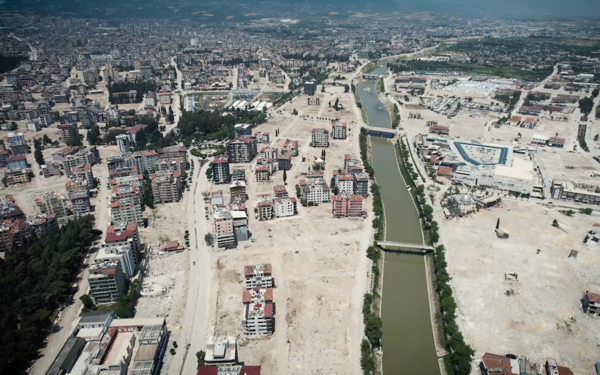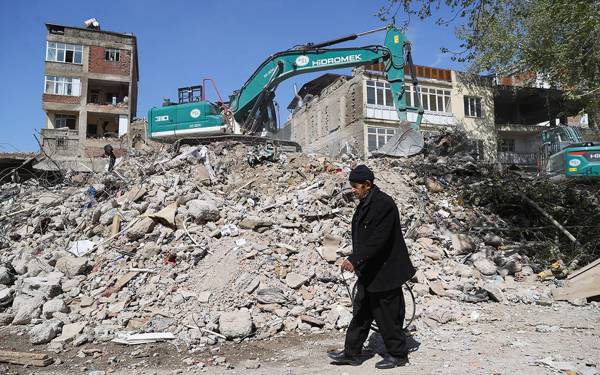In an assessment note titled "Reflecting on the First Year of the Earthquake," prepared by the Turkey Economic Policy Research Foundation (TEPAV) to evaluate the economic and financial impact of the earthquakes that shook the nation on February 6th, 2023, it is emphasized that the cost of the earthquake is approximately $150 billion.
Burcu Aydın Özüdoğru, the Director of the TEPAV Economic and Structural Policies Center, highlighted the enormity of both the destruction and its financial toll. Referring to last year's "Effects of the Kahramanmaraş-Centered Earthquake in 2023 and Policy Recommendations" report, Özüdoğru underlined the colossal scale of the financial burden caused by the earthquake.
Construction expenditures
According to the report, an estimated 650,000 independent units in the earthquake zone were either destroyed or in urgent need of demolition. Of these, 170,000 units suffered intermediate damage, and 1.4 million units had minor damage. The number of affected independent units was approximately seven times the number of residences authorized for use in 2022 across the 11 provinces affected by the earthquake. This exceeded the total building permits issued in Turkey in 2022, illustrating the massive scale of the destruction caused by the earthquake.
The earthquakes, with magnitudes of 7.7 and 7.6, which hit Hatay, Maraş, and Gaziantep last year, resulted in significant loss of life and destruction in 11 provinces. According to official statements, 53,537 people lost their lives, and 107,213 people were injured.
According to the Earthquakes Report for Kahramanmaraş and Hatay published by the Presidency's Strategy and Budget Directorate in March 2023, the monetary cost of the earthquake was approximately $104 billion. The most significant portion of the damage, approximately $57 billion, occurred in residences, while public infrastructure and service buildings accounted for $13 billion, and private sector damage excluding residences was $12 billion.
However, Burcu Aydın Özüdoğru, the Director of the TEPAV Economic and Structural Policies Center, indicated that the actual cost is 50% higher than the official announcement.
In her statement, Özüdoğru said, "In my Policy Note (Aydın, 2023), I calculated the cost of the earthquake as $150 billion. The majority of this cost, around $88 billion, is attributed to the reconstruction, strengthening, and repair expenses of superstructure and infrastructure. The second-largest cost, approximately $35 billion, comes from losses related to vehicles, equipment, inventory, and consumer goods. Additionally, I estimated the funding required for housing, living, job, and employment support proposed for households affected by the earthquake to be $24 billion."
The research highlighted that earthquake-related expenses impose a significant burden on the 2023 budget. Minister of Treasury and Finance Mehmet Şimşek announced on January 15, 2024, that the expenditure amount for earthquake-related needs reached 950 billion Turkish Liras (3.7% of the national income) by the end of 2023.
Record-high unemployment
In the Medium-Term Program (2024-26), earthquake-related budget allocations aim for earthquake-related expenses to be 2.5% of the national income in 2024, 0.9% in 2025, and 0.8% in 2026. Over the four-year period, earthquake-related expenditures correspond to approximately 8 points of the national income.
In 2023, total exports from the earthquake zone decreased by 13% compared to the previous year. The most significant declines were in Osmaniye by 53%, Adıyaman by 30%, Kahramanmaraş by 28%, and Hatay by 28%. The regional decline in exports had a limited impact on Turkey's overall export growth, which increased by only 1% compared to the previous year in 2023.
Despite significant migration from the earthquake-stricken region, unemployment in the region reached a record level. According to İŞKUR data, those applying for unemployment benefits increased by 83% in Hatay, 50% in Adıyaman, 46% in Kahramanmaraş, and 40% in Malatya during the January-November period of 2023, among the provinces most affected by the earthquake.








